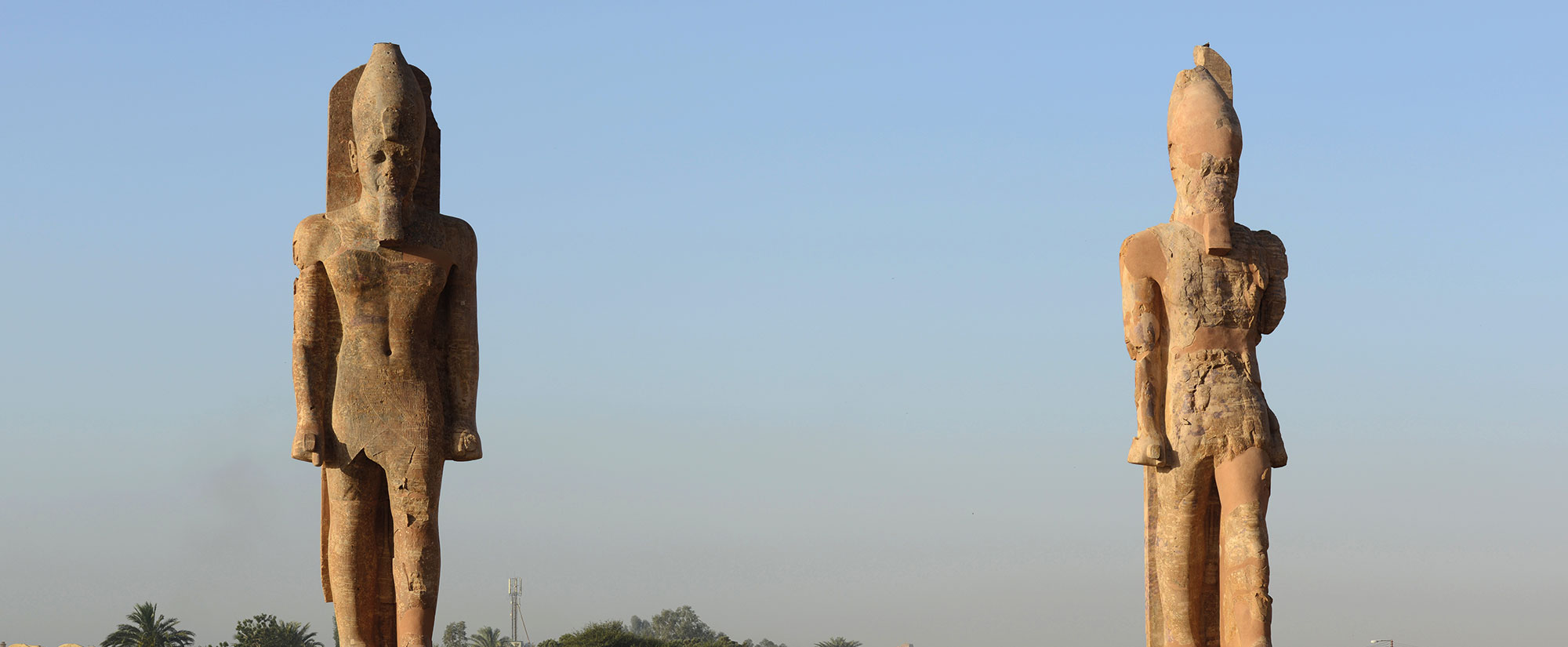INNLANDET COUNTY, NORWAY—Live Science reports that a new study of Ötzi the Iceman, who perished in the Italian Alps some 5,300 years ago, suggests that he might not have died in the gully where his mummified body was found. When Ötzi's body was found in 1991, archaeologists surmised that the man's body, clothing, and associated artifacts, including a backpack, bow, and quiver of arrows, had been preserved in place by the ice of a moving glacier. An arrowhead embedded in his shoulder, as well as a deep cut on his hand, indicated that Ötzi was probably killed during a conflict. Now, researchers led by archaeologist Lars Pilø of the Secrets of the Ice project propose that Ötzi died on the surface of an ice patch, and that his body and belongings were carried into the gully by periodic occurrences of ice thawing and then refreezing. The team also thinks that damage to Ötzi's equipment, which earlier researchers ascribed to combat, was likely caused by pressure from the surrounding ice. "There’s definitely been a conflict," Pilø said. "But what we say is that the damage to the artifacts is more easily explained by natural processes." Read the original scholarly article about this research in The Holocene. To read about analysis of Ötzi's clothing, go to "Ötzi's Sartorial Splendor."
Researchers Revisit Circumstances of Ötzi the Iceman's Death
News November 29, 2022
Recommended Articles
Weapons of the Ancient World May/June 2020
Hunting Equipment
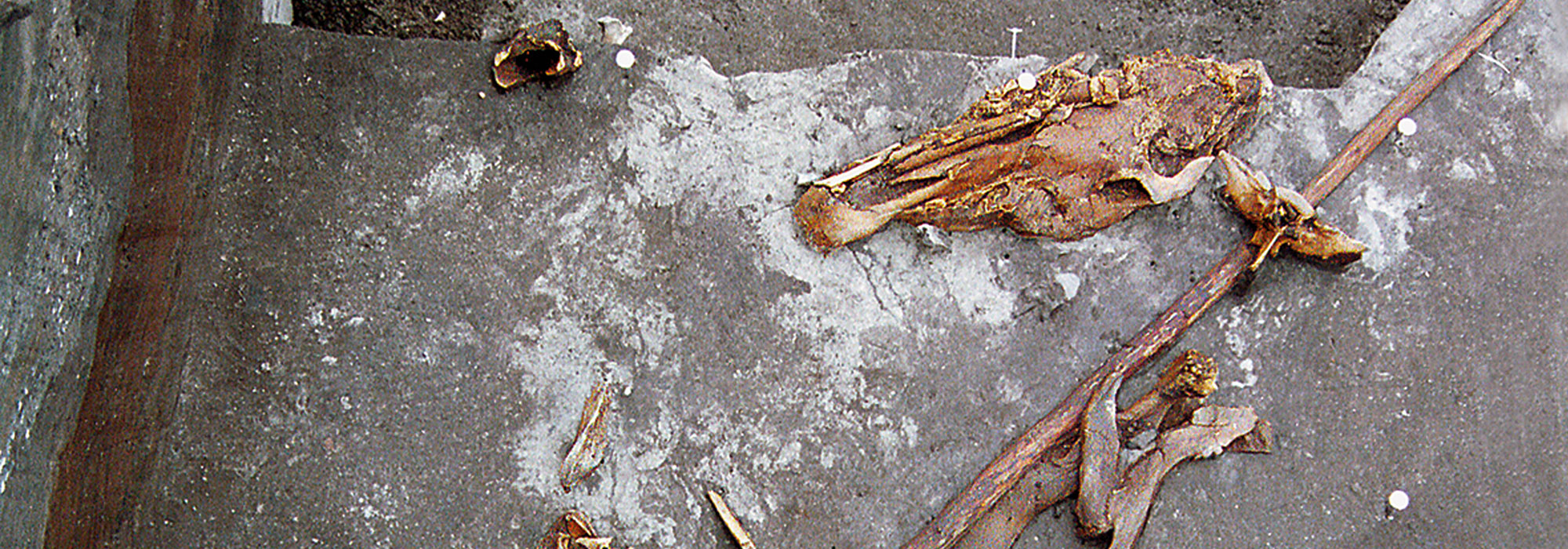
Digs & Discoveries November/December 2016
Ötzi’s Sartorial Splendor

Ancient Tattoos November/December 2013
Ötzi, the Iceman
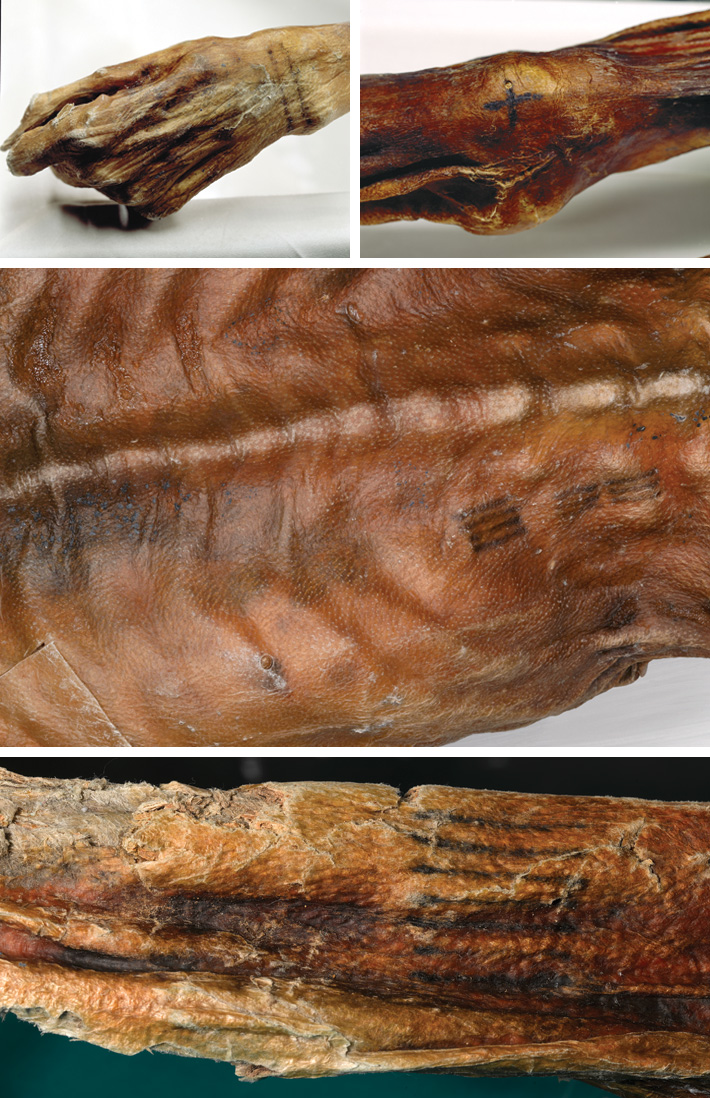
Digs & Discoveries July/August 2020
History in Ice

-
Features September/October 2022
1,000 Fathoms Down
In the Gulf of Mexico, archaeologists believe they have identified a nineteenth-century whaling ship crewed by a diverse group of New Englanders
 (Courtesy the New Bedford Whaling Museum)
(Courtesy the New Bedford Whaling Museum) -
Letter from Germany September/October 2022
Berlin's Medieval Origins
In the midst of modern construction, archaeologists search for evidence of the city’s earliest days
 (Courtesy Landesdenkmalamt Berlin/Michael Malliaris)
(Courtesy Landesdenkmalamt Berlin/Michael Malliaris) -
Artifacts September/October 2022
Nordic Bronze Age Figurine
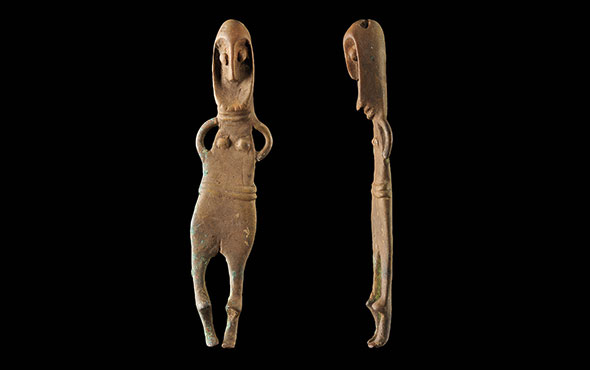 (Courtesy Thomas Terberger)
(Courtesy Thomas Terberger) -
Digs & Discoveries September/October 2022
The Case of Tut's Missing Collar
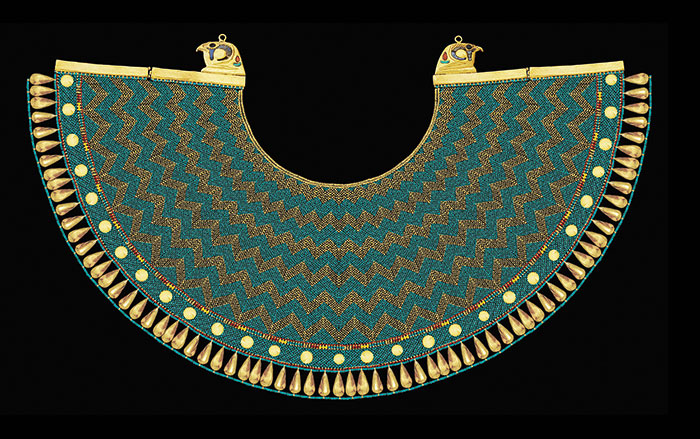 (Courtesy Marc Gabolde)
(Courtesy Marc Gabolde)


